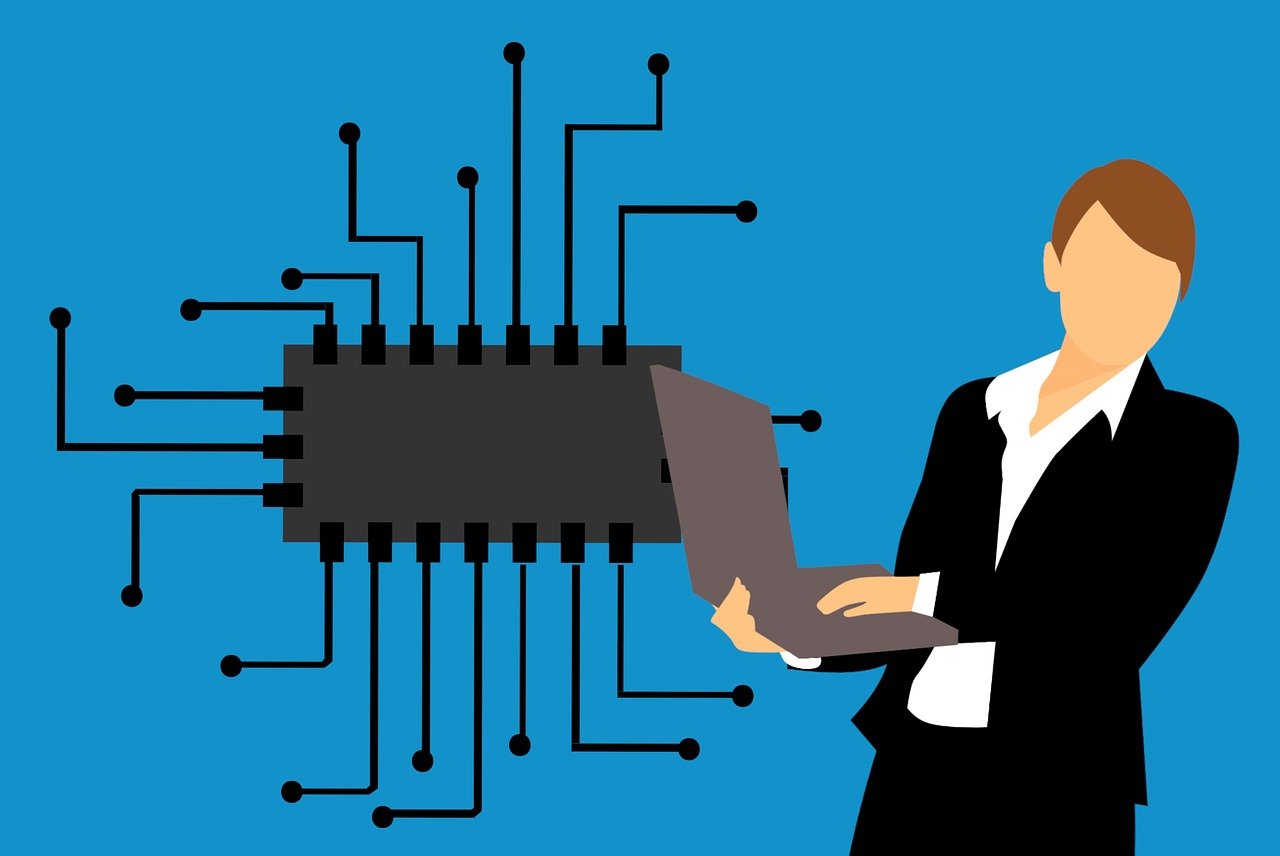电缆与通信工程的关系与区别
Electrical cables and communication engineering are related, but not the same. Electrical cables are used in communication engineering to transmit electrical signals over long distances. Communication engineering is a field of study that deals with the design, implementation, and maintenance of communication systems such as telephone systems, radio transmission, and internet networks.
Introduction to the Relationship and Differences between Cable and Communications Engineering
Cable and communications engineering are two distinct fields that are closely related but differ in their focus areas. This article aims to explore the relationship and differences between these two disciplines, with a particular emphasis on their impact on modern society and the development of communication technologies.
Section 1: Introduction to Cable Engineering

1、1 Definition of Cable Engineering
Cable engineering is a specialized field that deals with the design, installation, and maintenance of cables and cable systems used for transmitting electrical power, data, and communication signals over long distances. The primary objective of cable engineering is to maximize the efficiency of cable systems while ensuring their reliability and safety.
1、2 Key Areas of Focus in Cable Engineering
The main areas of focus in cable engineering include:
- Cable design and construction
- Installation and maintenance of cable systems
- Inspection and testing of cables
- Risk assessment and management
- Regulatory compliance and standards
1、3 Importance of Cable Engineering in Society
Cable engineering plays a critical role in many aspects of modern life, including:
- Power transmission and distribution
- Data communication networks
- Telecommunication systems

- Transportation infrastructure
- Maritime and offshore communication
- Emergency response systems
- Environmental monitoring and protection
Section 2: Definition and Characteristics of Communications Engineering
2、1 Definition of Communications Engineering
Communications engineering is a multidisciplinary field that combines principles of electrical engineering, computer science, mathematics, and physics to design, implement, and maintain communication systems that enable the exchange of information over vast distances. The primary goal of communications engineering is to facilitate seamless and efficient communication between individuals, organizations, and devices.
2、2 Key Areas of Focus in Communications Engineering
The main areas of focus in communications engineering include:
- Radiofrequency (RF) and microwave (MW) communication systems
- Fiber-optic communication networks
- Wireless communication technologies (e.g., cellular, WiFi, Bluetooth)
- Optical communication systems (e.g., satellite communication, fiber-to-the-home)
- Digital signal processing techniques for communication systems

- Protocols and standardization for communication systems
- Cybersecurity and privacy issues in communication networks
2、3 Importance of Communications Engineering in Society
Communications engineering has had a profound impact on modern society, enabling the development of various communication technologies that have revolutionized the way we live, work, and interact. Some of the key benefits of communications engineering include:
- Improved connectivity among individuals and organizations worldwide
- Enhanced productivity and efficiency in business operations
- Increased access to information and knowledge through digital communication channels
- Facilitation of global cooperation and collaboration through telecommunication tools
- Better emergency response systems through reliable communication networks
- Advancements in scientific research and exploration through remote sensing and data transmission technologies
Section 3: Relationship between Cable and Communications Engineering
3、1 Interdependence between Cable Systems and Communication Networks
Cable systems play a crucial role in supporting communication networks by transmitting electrical power, data, and communication signals over long distances. On the other hand, communication networks rely on robust cable systems to provide reliable connections between devices and users. For example, wireless communication technologies such as WiFi rely on local area networks (LANs) built on fiber-optic or copper cables to transmit data packets between devices. Similarly, satellite communication systems depend on high-speed optical fibers to transmit data between ground stations and Earth orbiting satellites. Therefore, the relationship between cable systems and communication networks is interdependent and mutually reinforcing.
Articles related to the knowledge points of this article:
Mine Communication Cable Standard
Low Frequency Communication Cables: Understanding Their Importance and Applications
Title: The Importance of Shielding Layer Insulation for Communication Cables